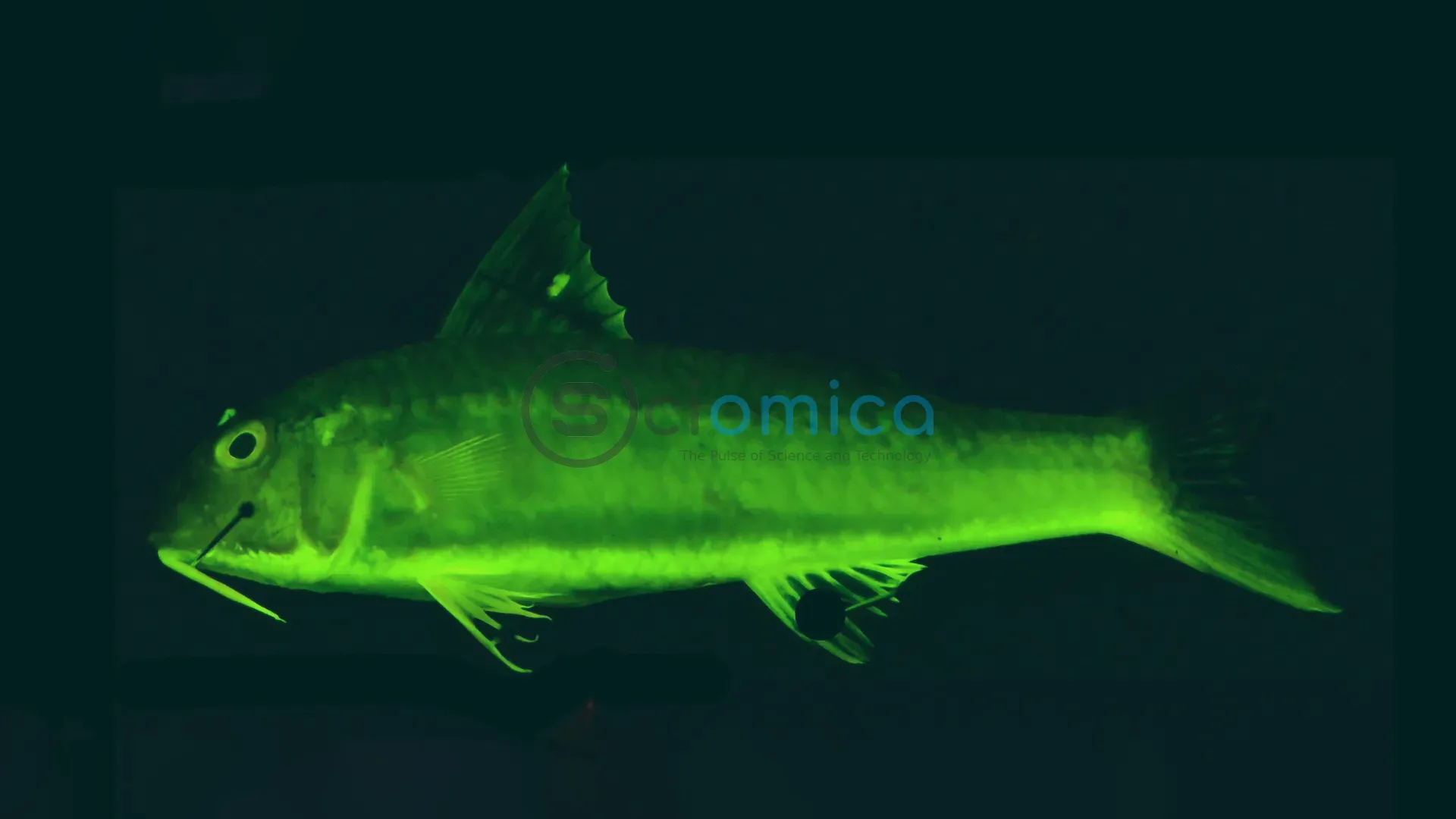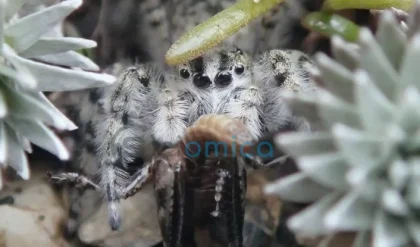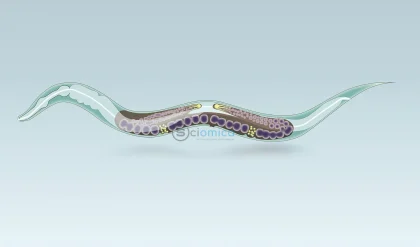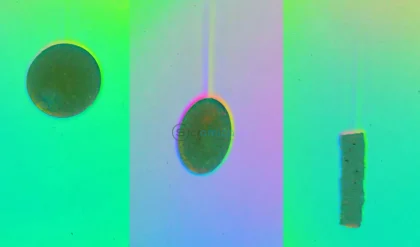
Recent studies from the American Museum of Natural History have unveiled fascinating insights into the ancient origins and evolution of biofluorescence in fish, a phenomenon where organisms absorb light, alter it, and then emit it as different colors. These findings, detailed in two studies published in Nature Communications and PLOS One, suggest that biofluorescence in fish dates back at least 112 million years, with over 100 independent evolutionary events, predominantly within reef-dwelling species.
The research indicates that the range of colors produced by marine fish through biofluorescence is broader than previously known, spanning various wavelengths including green, yellow, orange, and red. Emily Carr, a Ph.D. student at the Museum and lead author of both studies, emphasized the need to understand the evolutionary context and biological roles of this adaptation across different species, whether it serves purposes such as camouflage, predation, or mating.
In the Nature Communications study, Carr spearheaded a thorough survey of biofluorescent teleosts—bony fish comprising the largest vertebrate group. This effort resulted in the identification of 459 species exhibiting biofluorescence, 48 of which were previously unrecognized. Remarkably, the research revealed that biofluorescence has evolved over 100 times in marine teleosts, originating in eels more than 112 million years ago. Notably, fish inhabiting coral reefs exhibited this trait at a tenfold higher rate compared to their non-reef counterparts, with a significant increase in fluorescent species post the Cretaceous-Paleogene (K-Pg) extinction approximately 66 million years ago.
Carr noted that this trend aligns with the emergence of modern coral reefs and the accelerated colonization of these environments by fish, particularly following a dramatic loss of coral diversity during the K-Pg extinction. The majority of the newly identified biofluorescent teleosts are associated with coral reefs, underscoring the ecological connection between these vibrant environments and the diversification of fluorescence in aquatic life.
The PLOS One study employed advanced photographic methods utilizing ultraviolet and blue excitation lights to investigate the spectrum of fluorescence emitted by fish from the Museum’s Ichthyology collection. The specimens, collected over the past 15 years from various global locations, had shown signs of biofluorescence, but the full spectrum of emissions had not been previously documented. The findings revealed that some fish families exhibit at least six different fluorescent peaks across a wide array of colors, far surpassing earlier observations.
Museum Curator John Sparks, who is also an author of the studies, remarked on the implications of the varied fluorescence patterns. He stressed the potential of these diverse signaling systems among fish, which may play crucial roles in their communication, mating strategies, and evolutionary success.
The results of these studies could also contribute to the identification of new fluorescent molecules that have significant biomedical applications, such as in disease diagnosis and treatment methods. Collaborators on this research also included scientists from various institutions, highlighting a comprehensive effort to unlock the mysteries of marine biofluorescence.
Support for the research was provided by several organizations, including the National Science Foundation, affirming the collaborative nature of scientific inquiry in this intriguing area of biology.
Reference:
- Emily M. Carr, Mason A. Thurman, Rene P. Martin, Tate S. Sparks, John S. Sparks. Marine fishes exhibit exceptional variation in biofluorescent emission spectra. PLOS One, 2025; 20 (6): e0316789 DOI: 10.1371/journal.pone.0316789






